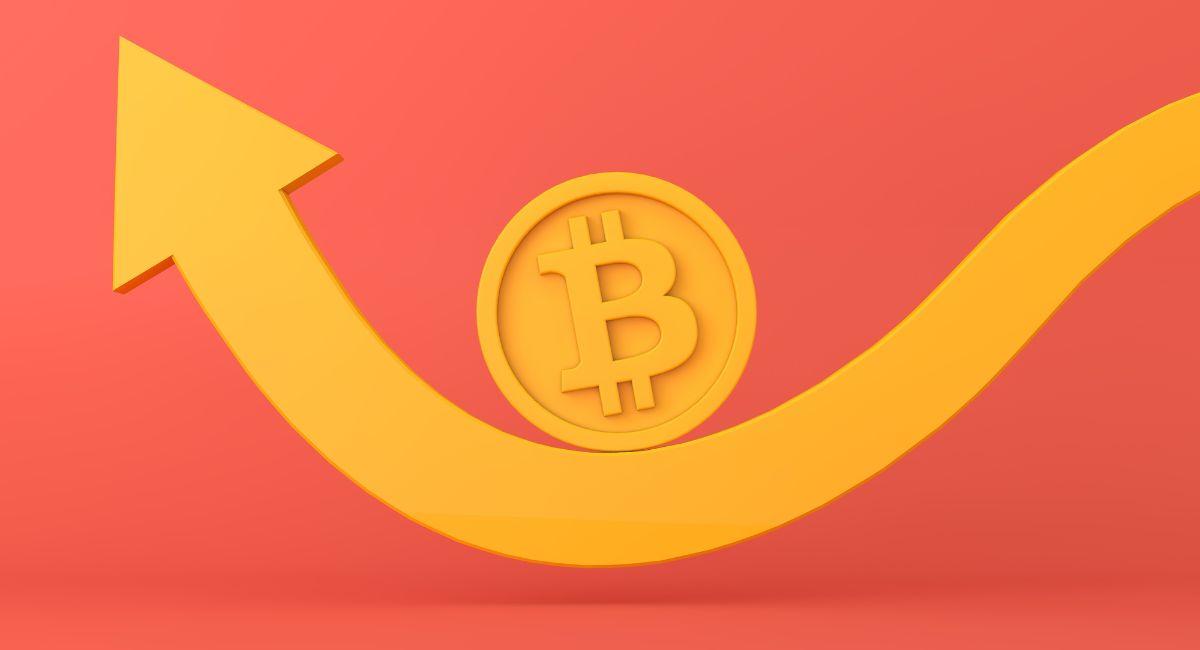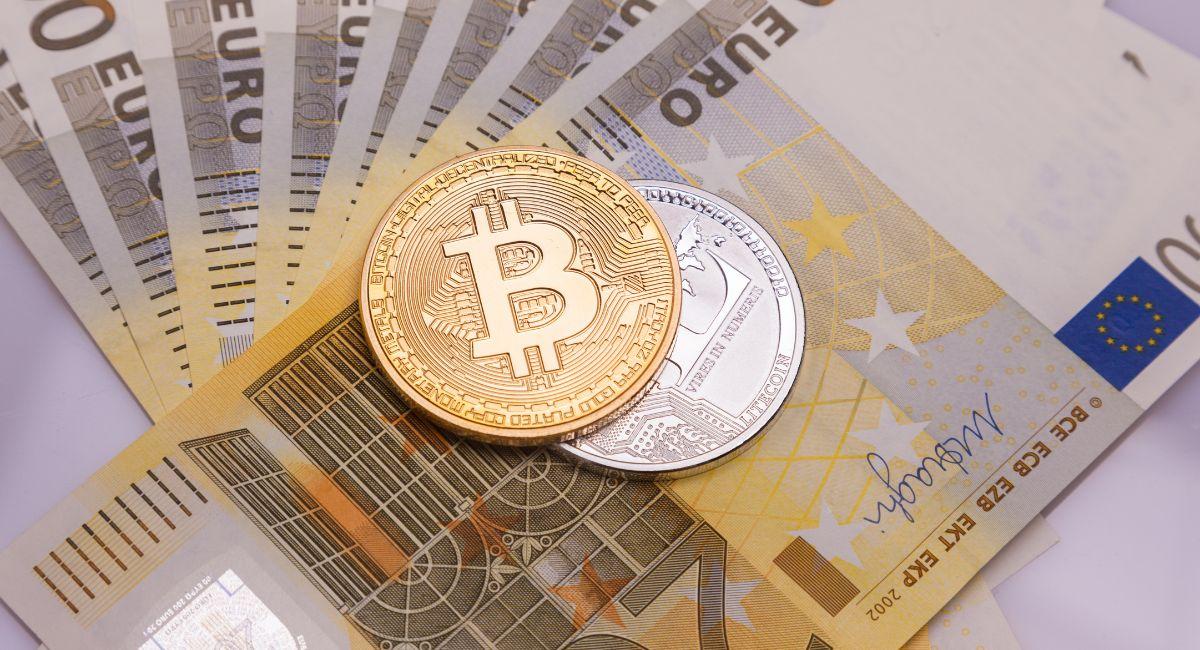Kill The Curiousity By Understanding The Top 10 Factors Influencing Crypto Gas Wars

In the ever-evolving realm of cryptocurrencies, the term “crypto gas wars” has become increasingly prevalent, causing ripples of curiosity among enthusiasts and newcomers alike. But what exactly are crypto gas wars, and why do they hold such significance in the decentralized landscape? In this comprehensive exploration, we’ll delve into the intricacies of crypto gas wars, unraveling their origins, impact, and the strategies employed by participants.
Understanding Gas in Cryptocurrency Transactions:

In the intricate world of cryptocurrencies, the term “gas” holds a pivotal role, especially in the context of blockchain transactions. To unravel the complexities surrounding gas, we must delve into its origins, significance, and how it shapes the dynamics of decentralized networks. At the heart of this exploration lies the need to comprehend the fundamental workings of gas and its impact on transaction processing within the cryptocurrency ecosystem.
The Essence of Gas:
1. Computational Effort:
Crypto gas wars, in the realm of cryptocurrencies, represents the computational effort required to perform operations on a blockchain network. Unlike traditional financial systems, where central authorities manage transactions, blockchain networks operate in a decentralized fashion. In this paradigm, participants contribute computational power to validate and add transactions to the blockchain.
2. Ethereum’s PoW Consensus Mechanism:
Ethereum, one of the pioneering blockchain platforms, employs a Proof-of-Work (PoW) consensus mechanism. In PoW, miners compete to solve complex mathematical puzzles, and the first to solve it gets the right to add a new block to the blockchain. Gas comes into play as a mechanism to quantify and allocate the computational resources required for these tasks.
Gas Fees and Transaction Processing:
1. User Compensation:
Users engaging with the Ethereum network, or other blockchain platforms using a similar model, pay gas fees to compensate miners for the computational work involved in processing their transactions. This ensures a fair and decentralized system where participants contribute to the network’s overall security and functionality.
2. Dynamic Gas Prices:
Crypto gas war fees are not fixed; they vary based on the network’s demand and congestion. The concept of gas price is crucial, representing the amount a user is willing to pay per unit of gas. Higher gas prices incentivize miners to prioritize specific transactions, creating a competitive environment known as a gas market.
The Genesis of Gas Wars:

The inception of gas wars within the cryptocurrency realm marks a fascinating intersection of technological constraints and user-driven competition. To fully appreciate the genesis of gas wars, it’s imperative to explore the factors that give rise to this phenomenon and how it transforms the decentralized landscape into a virtual battleground.
1. Limited Computational Resources:
At the core of gas wars lies the scarcity of computational resources within a blockchain network. Blockchain platforms, like Ethereum, function on a decentralized premise, where multiple participants contribute their computational power to validate and process transactions. However, this decentralized nature comes with inherent limitations, and the available computational resources are finite.
2. Surging Demand for Transaction Processing:
Gas wars materialize when the demand for processing transactions surpasses the available computational capacity of the network. Various events can trigger a surge in transaction volume, such as the launch of a highly anticipated token sale, the release of Non-Fungible Tokens (NFTs), or the deployment of smart contracts. As these activities unfold, users flood the network with transaction requests, creating a scenario where demand outstrips supply.
3. Competitive Scenario for Transaction Prioritization:
In the wake of heightened demand, users find themselves in a competitive scenario where they must outbid one another to have their transactions prioritized by miners. The transaction prioritization process is driven by the gas fees users are willing to pay. Miners, motivated by financial incentives, tend to prioritize transactions with higher gas fees, leading to an environment reminiscent of an auction where users compete for a limited resource.
4. Intense Bidding Process:
The heart of gas wars is the intense bidding process initiated by users. In a bid to secure a coveted spot in the priority queue, participants set their gas fees higher than the prevailing market rates. This process intensifies as users continuously adjust their fees to outmaneuver competitors. The result is a dynamic and competitive environment where users engage in a virtual tug-of-war to ensure their transactions are processed ahead of others.
5. Virtual Battleground – The Gas War:
The culmination of this intense bidding process transforms the decentralized blockchain network into a virtual battleground, aptly termed a “gas war.” Users, armed with varying levels of willingness to pay, engage in a strategic and economic battle to secure priority for their transactions. The battlefield is not physical, but rather a virtual space where algorithms, transaction fees, and strategic timing become weapons of choice.
Gas wars, born out of the inherent limitations of decentralized blockchain networks, exemplify the competitive nature of the cryptocurrency space. As demand for transaction processing escalates, users are thrust into a virtual arena where they must navigate the complexities of competitive bidding to ensure the timely execution of their transactions. Understanding the genesis of gas wars provides insights into the intricacies of decentralized systems, shedding light on the delicate balance between user demands and the finite computational resources of blockchain networks.
Top 10 Factors Influencing Crypto Gas Wars:

In the dynamic and ever-evolving realm of cryptocurrencies, gas wars have become a recurrent phenomenon, capturing the attention of users and enthusiasts alike. The intensity and frequency of these gas wars are influenced by a myriad of factors, each contributing to the competitive dynamics within decentralized blockchain networks. Let’s embark on a detailed exploration of the top 10 factors that play a pivotal role in shaping the landscape of crypto gas wars.
1. Network Congestion:
High levels of network congestion are a primary catalyst for Crypto gas wars. As transaction volumes surge, the limited computational resources of the blockchain network become strained. Users, seeking to have their transactions processed promptly, enter into fierce competition, leading to heightened gas wars during periods of peak network activity.
2. Token Sales and NFT Releases:
The launch of token sales or Non-Fungible Tokens (NFTs) often triggers a significant influx of users looking to participate. This surge in demand for transaction processing can create a highly competitive environment, with participants vying for priority, consequently fueling gas wars.
3. Smart Contract Deployments:
The deployment of smart contracts, which are self-executing contracts with terms written into code, is a substantial factor influencing gas wars. The execution of complex code requires additional computational resources, intensifying the competition among users to have their smart contract transactions prioritized.
4. Market Volatility:
Fluctuations in cryptocurrency prices and market volatility can have a cascading effect on gas wars. Increased market activity often correlates with a surge in transactions, amplifying competition for computational resources. Traders seeking timely execution of transactions during periods of high volatility contribute to the overall intensity of gas wars.
5. Decentralized Finance (DeFi) Activities:
The popularity of decentralized finance (DeFi) platforms has brought about a surge in on-chain activities, ranging from lending and borrowing to decentralized exchanges. The demand for executing DeFi transactions can significantly impact gas wars, particularly during times of heightened interest in specific DeFi protocols.
6. Blockchain Upgrades and Forks:
Periods of blockchain upgrades or forks can lead to increased uncertainty and activity on the network. Users may rush to initiate transactions before or after the upgrade, contributing to the overall congestion and competitiveness, thereby influencing the occurrence of gas wars.
7. Network-Specific Features:
Unique features or events on specific blockchain networks can influence Crypto gas wars. For example, the introduction of new functionalities, partnerships, or network upgrades may attract a surge of users, resulting in heightened competition for transaction processing resources.
8. Cross-Chain Transactions:
As interoperability between blockchain networks increases, users engaging in cross-chain transactions may contribute to gas wars. The complexities involved in coordinating transactions across different blockchains can lead to increased demand for computational resources and subsequent competition.
9. Algorithmic Trading Strategies:
Sophisticated algorithmic trading strategies, especially those reliant on executing high-frequency trades, can contribute to gas wars. Traders employing automated systems may strategically time their transactions to gain a competitive edge, adding to the overall demand for timely processing.
10. User Adoption and Network Growth:
The overall growth and adoption of blockchain networks play a fundamental role in gas wars. As more users enter the ecosystem, the demand for transaction processing escalates, intensifying competition for limited computational resources.
Crypto gas wars are a multifaceted phenomenon influenced by a combination of technical, economic, and user-driven factors. Navigating the competitive landscape requires a nuanced understanding of these influences, as the cryptocurrency ecosystem continues to evolve and adapt to the challenges presented by the intersection of technology and user demand.
Not knowing ‘node’ can COST you greatly in crypto & NFT spaces. Especially in instances of gas war when snatching for rare mint or purchases. Learn how high-tier players leverage nodes to their advantage!
Read thread below
↓ ↓ ↓ ↓ pic.twitter.com/s6xDsmoWK8— J@Crypto (@j_crypto_2015) May 10, 2022
Top 10 Strategies Employed in Crypto Gas Wars:

Crypto Gas wars, characterized by fierce competition among users for limited computational resources within a blockchain network, have given rise to a diverse array of strategies. In this comprehensive exploration, we delve into the intricate world of gas war strategies, shedding light on the tactics employed by participants to gain an edge in this virtual battleground.
1. Setting Higher Gas Fees:
One of the most straightforward strategies in gas wars involves users setting higher gas fees for their transactions. This tactic is rooted in the economic principle that miners are more likely to prioritize transactions with higher fees, as it represents a more lucrative incentive for their computational efforts. Users strategically elevate their bid in the gas fee market to outbid competitors and secure a position in the priority queue.
2. Dynamic Fee Adjustments:
Gas war participants often engage in a dynamic adjustment of their gas fees in response to the ongoing bidding competition. By continuously monitoring the state of the gas market, users can adapt their strategies in real-time. This might involve incrementally increasing their gas fees or making swift adjustments to stay ahead of the competition.
3. Strategic Timing of Transactions:
Timing plays a crucial role in gas wars. Users may strategically time the submission of their transactions during periods of lower network activity, aiming to avoid peak congestion and fierce competition. By observing historical transaction patterns and network activity, participants can identify opportune moments to execute transactions with a higher likelihood of prompt processing.
4. Batching Transactions:
Batching transactions involves grouping multiple transactions into a single bundle, allowing users to optimize their gas expenditure. This strategy not only reduces individual gas fees but also enables participants to maximize the efficiency of their transaction submissions. Efficient batching can be a tactical move to navigate the gas war landscape.
5. Gas Price Prediction Tools:
Sophisticated users leverage gas price prediction tools and analytics to anticipate fluctuations in gas prices. These tools analyze historical data, current network conditions, and other relevant factors to provide insights into the optimal times for transaction submissions. Users armed with accurate predictions can strategically plan their transactions to coincide with periods of lower gas prices.
6. Alternate Blockchain Networks:
In response to intense gas wars on a particular blockchain, some users explore the option of conducting transactions on alternate blockchain networks. Cross-chain interoperability allows users to shift their activities to networks with lower gas fees or less congestion, offering a respite from the competitive environment prevailing on a specific blockchain.
7. Gas Limit Optimization:
Users may optimize their gas usage by carefully managing the gas limit for their transactions. Setting an appropriate gas limit ensures that the transaction is processed efficiently without unnecessary expenditure. Strategic gas limit optimization is a nuanced tactic employed by users aiming to balance transaction priority with cost-effectiveness.
8. Gas Tokens and Fee Delegation:
Innovative solutions such as gas tokens and fee delegation mechanisms provide users with additional tools to navigate gas wars. Gas tokens allow users to pre-purchase gas at lower prices during periods of low demand and use them when gas prices are high. Fee delegation involves having a third party pay for the gas fees, allowing users to circumvent direct engagement in the bidding process.
9. Collaborative Gas Pools:
Pooling resources in collaborative gas pools is another strategy to enhance the collective bargaining power of users. By joining forces, participants can collectively bid higher gas fees, increasing the chances of their transactions being prioritized. Collaborative efforts enable users to leverage the principle of strength in numbers.
10. Off-Peak Utilization:
Users may strategically schedule non-time-sensitive transactions during off-peak hours when network congestion is minimal. This allows them to avoid the fierce competition associated with peak periods and enhances the likelihood of transactions being processed at a reasonable cost.
The strategies employed in gas wars reflect the dynamic and competitive nature of decentralized blockchain networks. As users vie for priority in transaction processing, the adoption of sophisticated tactics becomes essential. From economic maneuvers like setting higher gas fees to leveraging advanced tools and collaborative efforts, participants navigate the gas war landscape with a blend of strategic acumen and adaptability. Understanding these strategies is paramount for users seeking efficient and cost-effective transaction processing in the evolving cryptocurrency ecosystem.
Also, read- Exploring Alternatives To Blockchain For Decentralized Finance (DeFi)
Conclusion:
Crypto gas wars showcase the dynamic nature of decentralized blockchain networks, reflecting the growing popularity and demand for these technologies. As the cryptocurrency space continues to evolve, understanding the nuances of crypto gas wars becomes crucial for users seeking efficient and timely transaction processing. While the competitive nature of gas wars may seem daunting, they also underscore the need for ongoing advancements in blockchain scalability and efficiency.





























































